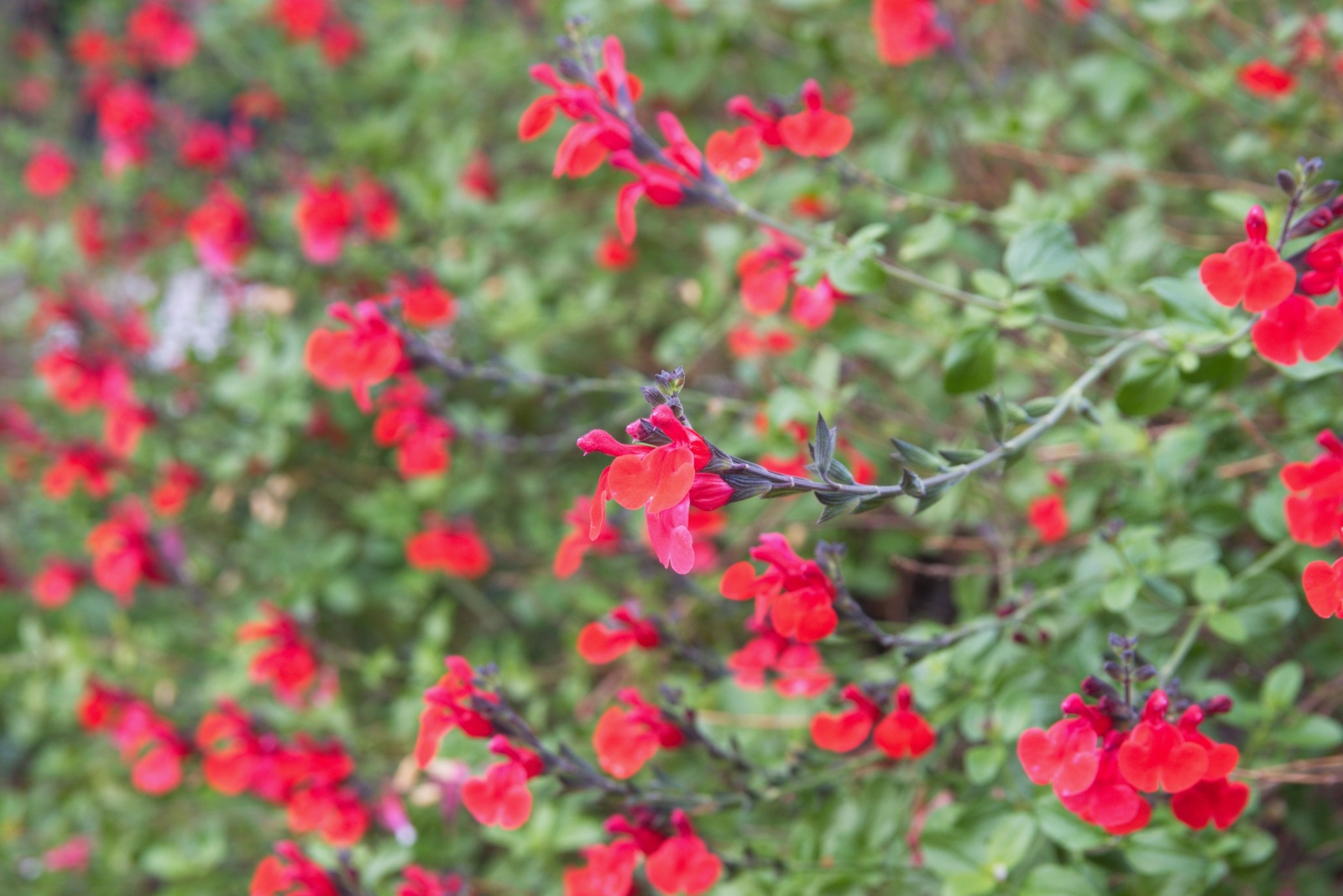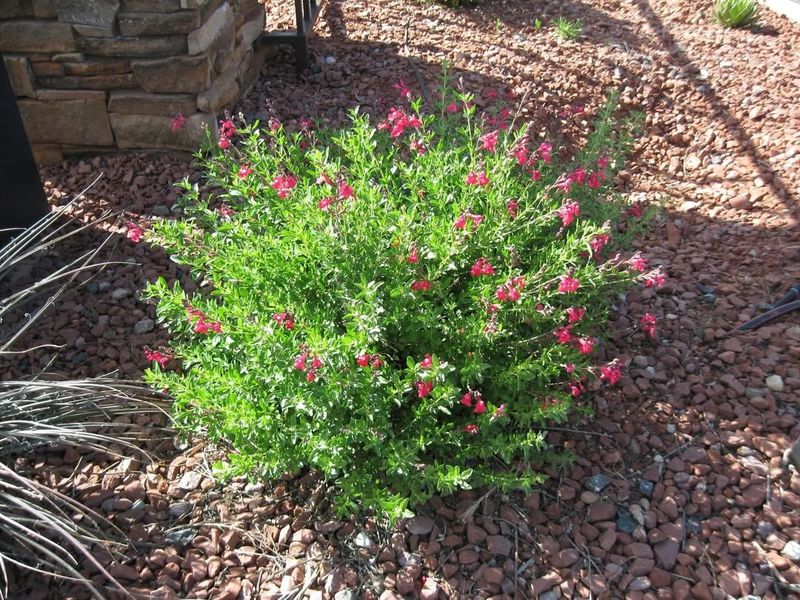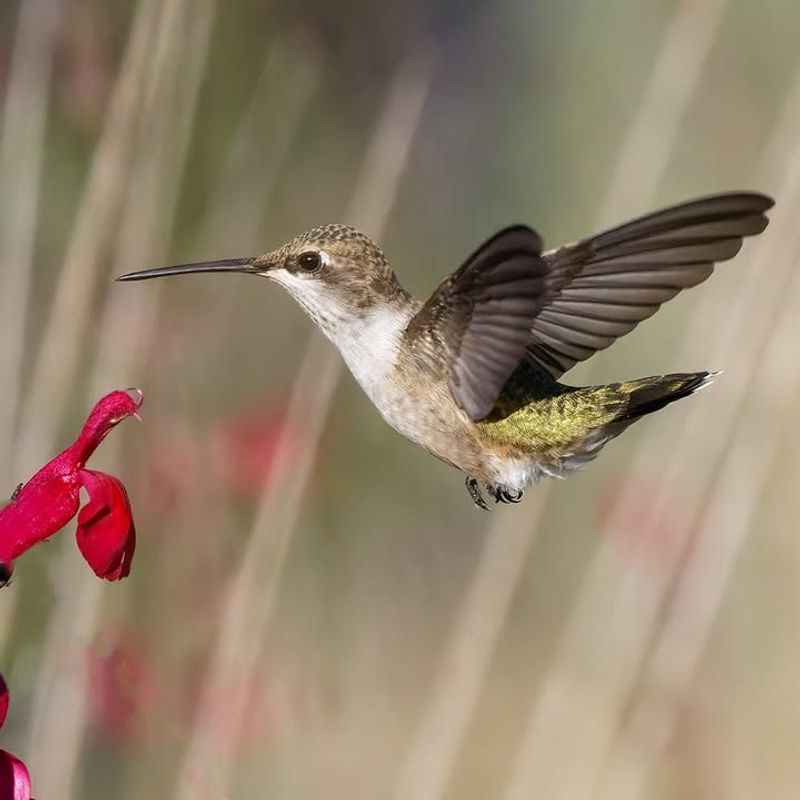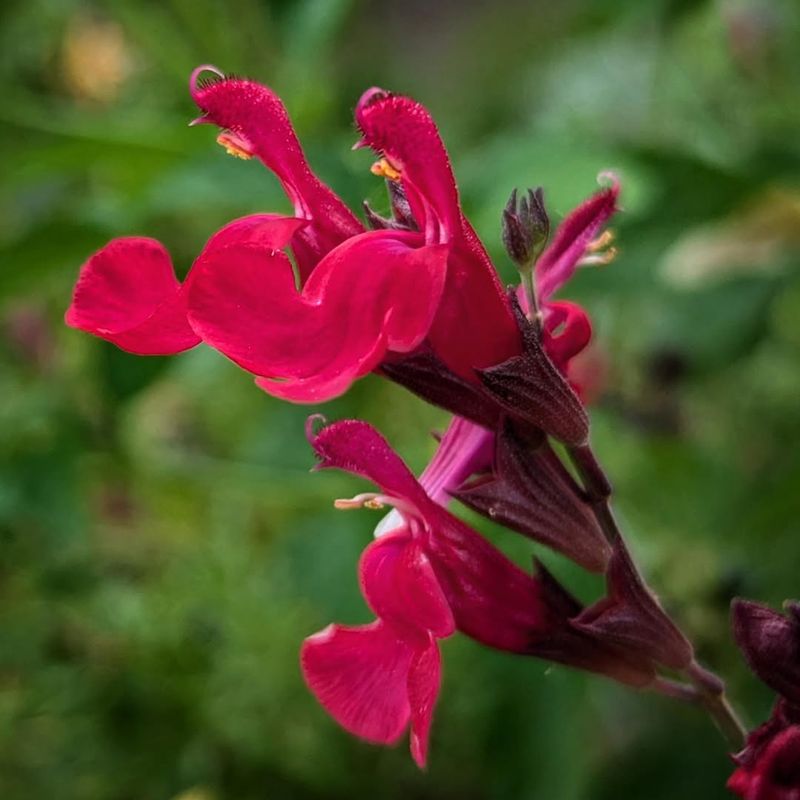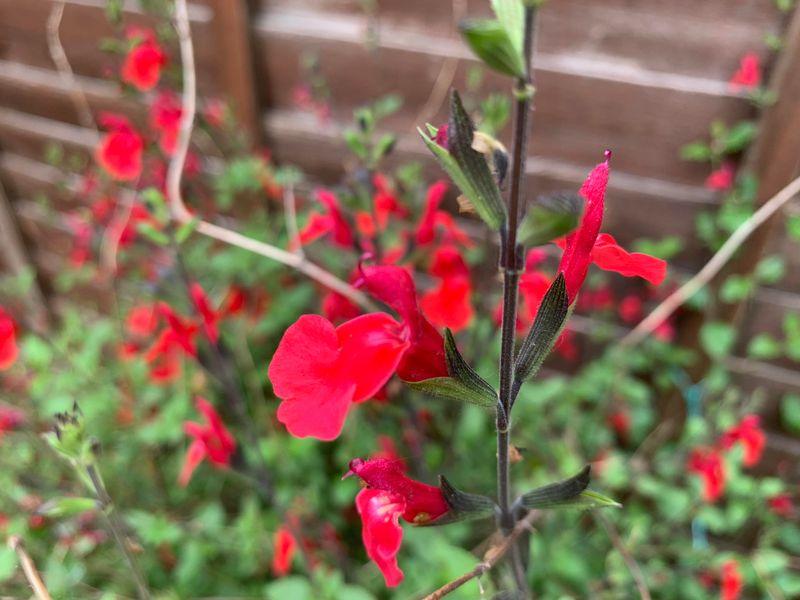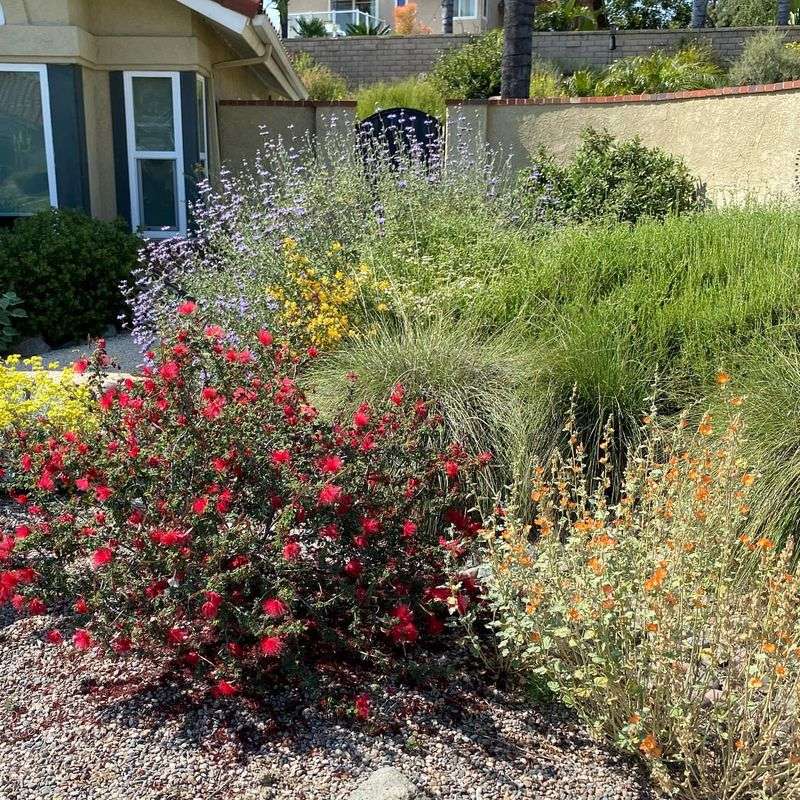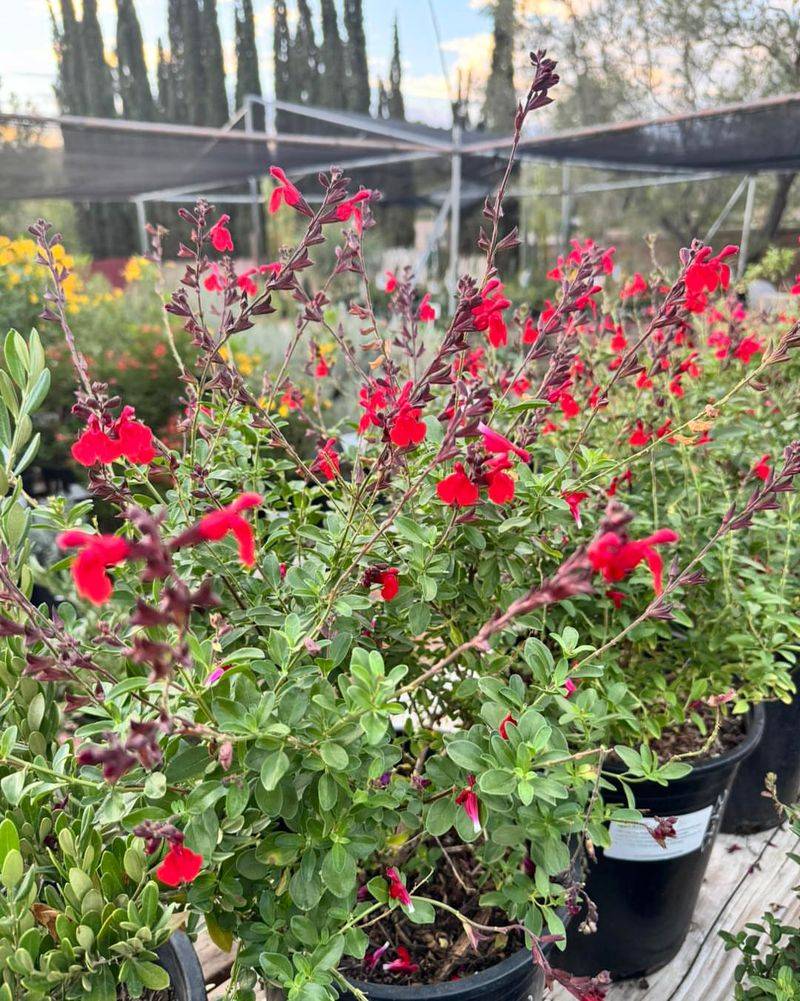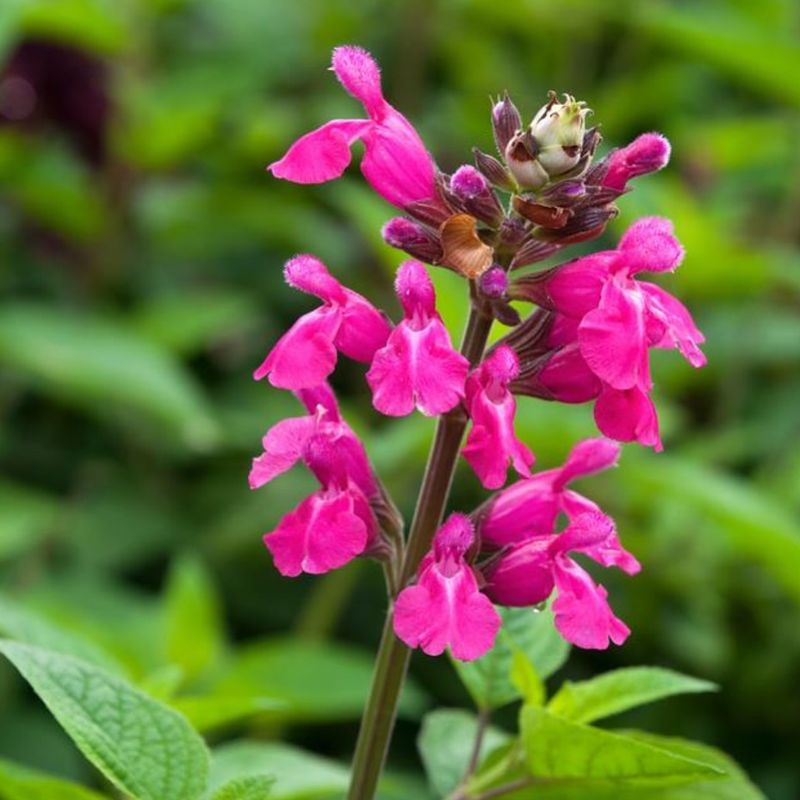Autumn sage is a showstopper in Texas gardens, offering waves of vibrant red blooms that brighten up yards from spring through fall. This tough-as-nails shrub thrives in hot, dry conditions and requires very little maintenance once established.
Let’s learn about this native beauty that’ll help you create a colorful, low-maintenance landscape that celebrates Texas’s natural heritage.
1. Native Texas Roots Make It Perfectly Adapted
Autumn sage originated right here in Texas and across the Southwest, which means it’s already designed to handle our unpredictable weather. Unlike imported plants that struggle with heat waves and sudden cold snaps, this shrub has spent thousands of years adapting to our climate.
Gardeners love how it bounces back from drought and tolerates our alkaline soils without complaint. Because it evolved here, autumn sage naturally resists local pests and diseases better than non-native alternatives, saving you time and money on treatments.
2. Hummingbirds Can’t Resist Those Tubular Blooms
Watch your yard come alive when hummingbirds discover your autumn sage! The tubular red flowers are specifically shaped to attract these tiny aerial acrobats, who visit constantly throughout the growing season.
Each bloom produces nectar that hummingbirds crave, turning your garden into a refueling station during their migration. Butterflies and bees also frequent the flowers, creating a lively wildlife habitat right outside your window. Installing autumn sage is like hanging nature’s own bird feeder that never needs refilling.
3. Blooming Season Stretches For Months On End
Most flowering plants give you a few weeks of color before fading away, but autumn sage keeps the show going from late spring all the way to the first hard freeze. That’s potentially six months or more of continuous blooms!
Even during the hottest summer days when other plants wilt and stop flowering, autumn sage continues producing fresh red blossoms. Regular deadheading encourages even more flowers, though the plant blooms generously even without extra care from you.
4. Drought Tolerance Saves Water And Worry
Once established, autumn sage survives on rainfall alone in most Texas regions, making it ideal for water-conscious gardeners. The plant develops deep roots that tap into moisture far below the surface during dry spells.
During its first growing season, you’ll need to water regularly to help those roots develop. After that, occasional deep watering during extreme drought keeps it looking its best. Your water bill will thank you for choosing this self-sufficient beauty over thirsty lawn grass or high-maintenance annuals.
5. Compact Size Fits Smaller Garden Spaces
Growing only two to three feet tall and wide, autumn sage works beautifully in borders, containers, or even small urban gardens where space is limited. Unlike sprawling shrubs that quickly overtake paths and crowd out neighbors, this plant maintains a tidy, manageable form.
Light pruning in early spring keeps the shape neat and encourages bushier growth with more flowering stems. You can easily tuck several plants into foundation beds or use them as colorful edging along walkways without worrying about constant trimming.
6. Cold Hardy Enough To Survive Texas Winters
Did you know autumn sage can handle temperatures down to about 10 degrees Fahrenheit? Even when rare hard freezes damage the top growth, the roots survive underground and send up fresh stems once spring warmth returns.
In most Texas regions, the plant stays semi-evergreen through mild winters, keeping some foliage year-round. Northern gardeners might see complete dieback in harsh winters, but patience pays off when vigorous new growth emerges in March. Mulching around the base provides extra insulation during cold snaps.
7. Multiple Color Varieties Beyond Classic Red
While brilliant red is the most popular and eye-catching color, autumn sage actually comes in pink, coral, white, and even purple varieties for gardeners who want something different. Mixing colors creates stunning rainbow displays that bloom simultaneously.
Each color attracts pollinators equally well, so you won’t sacrifice wildlife benefits by choosing softer shades. Garden centers across Texas stock multiple varieties, letting you match your landscape’s existing color scheme. Planting a mix adds depth and visual interest while keeping the same easy-care benefits you expect from autumn sage.

